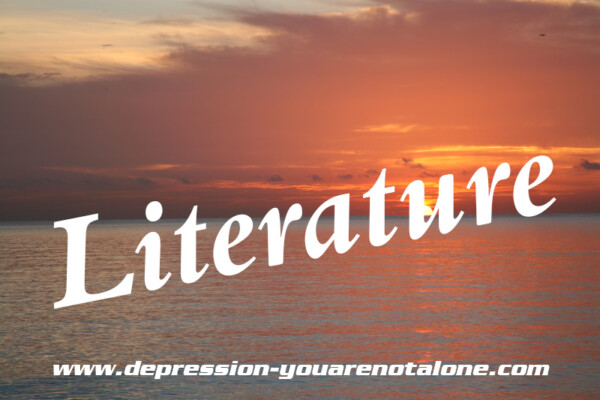The Cruelty of Children: Alden Nowlen’s Poem Child of Tabu
Children can be so cruel. How often have we heard this sentiment expressed and there is the rare person who does not harbour some dark memory of personal experience with this kind of cruelty? Alden Nowlan’s poem “Child of Tabu” expresses this sentiment, but it goes a step farther. The poem not only reveals the cruelty that children can carry out, it explores the roots of this cruelty and finds them embedded in the culture and practice of the children’s parents and the world that these children have grown up in.
Nowlan captures the casual cruelty of children and the power they discover when they “pick” on another child. In the first stanza we are presented with an image of a child surrounded by taunting children who have “found” that they “could make him weep” (1). Nowlan captures the unity the children experience as they join together in cruelty by isolating a simple gesture, the “wink” the children share as they experience the thrill of the power their cruelty gives them. Nowlan’s simple language and unadorned images projects the starkness and simplicity of this familiar scene.
The children are certainly cruel, but the weapons to carry out their cruelty do not originate with them. In the very first lines the poem’s speaker tells us where the weapons come from: “Shouting the name our parents whispered,/ We circled him in the school yard” (1-2). The children are simply giving voice to the insults they have heard from their parents. In fact, the children are no more cruel than their parents. They simple say out loud what the parents think or whisper to each other. Nolan’s implication is that the children, who lack the subtle hypocrisy of their parents, act as a conduit for their parent’s passive cruelty and become the tool to inflict that cruelty on the ostracized child.
The second and third stanzas make clear that this cruelty does not simply originate with the parents; its roots are in society and its attitudes. In the second stanza we learn that the whispered word is more than likely bastard because this child “was conceived so casually by strangers” (6). The child is not only marked by the community’s taboo against sex outside of marriage but as the third stanza reveals it reminds the community that “the long shame,” sex, is common to all their origins. The “legitimate” children have been conceived “furtively” and in this sexually repressive society the child’s conception “in the soft hay” reminds them and especially their parents of the “shame” of sex and sexual activity.
In the final stanza the poem’s speaker emphasizes the dreadful consequences of this generation cycle of cruelty. In this last stanza, Nowlan breaks with the dominate understated tone of the poem which is reinforced by his use of simple expressions unadorned with figurative language and we are presented with a stark image as the children avow their “ancestry.” In a powerful metaphor the speaker compares the children’s cruel ritual to the ritual of human sacrifice. Just as a child in an ancient “pagan” culture might embark on a right of passage to become part of his society by sacrificing an enemy and offering “a dripping handful of his heart” to the gods of his society, the children of Nowlan’s poor New Brunswick community ensure and affirm their place in their own community by sacrificing the outcast child who symbolizes sexual taboos.
Nowlan’s poem urges us to think twice when we hear someone say “children can be so cruel” and examine ourselves and our own society and consider where this cruelty really originates and our own and society’s role in passing on.
Source: Free Content Web. Author unknown.
Articles posted on this site are the opinions of their respective authors. They may be for informational or entertainment purposes and do not necessarily represent the views of this website nor imply endorsement by or of this website.

